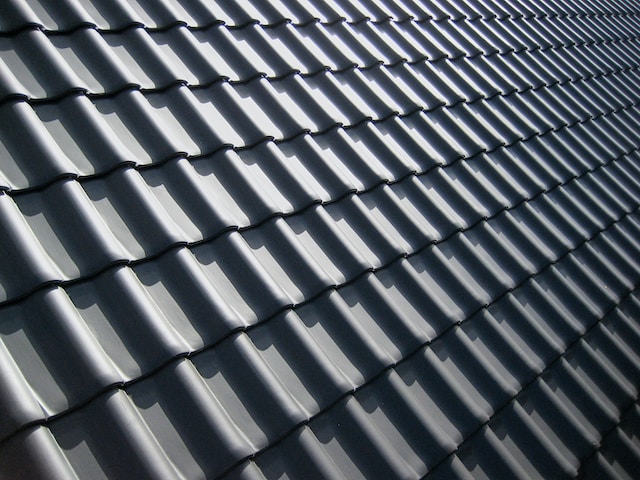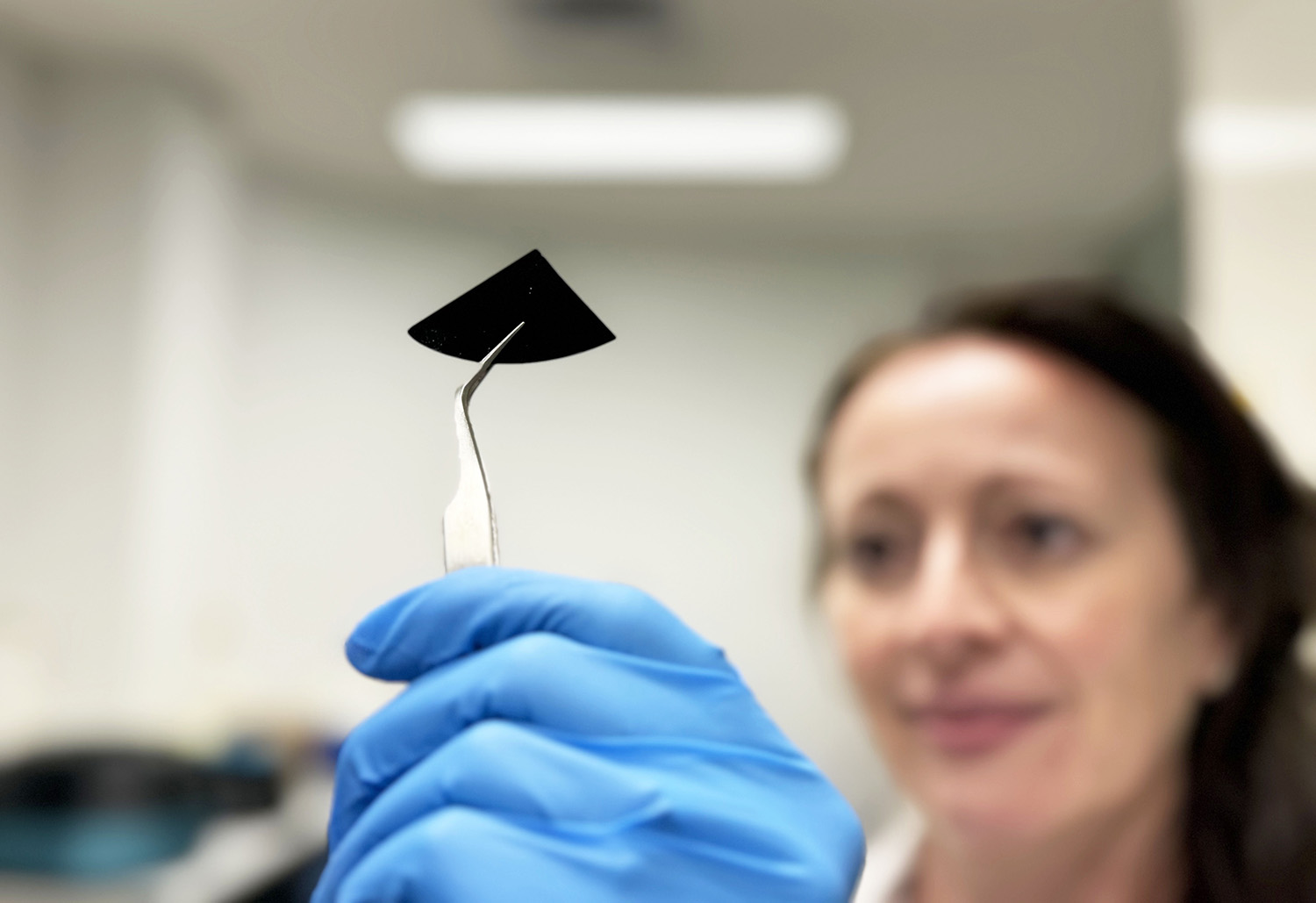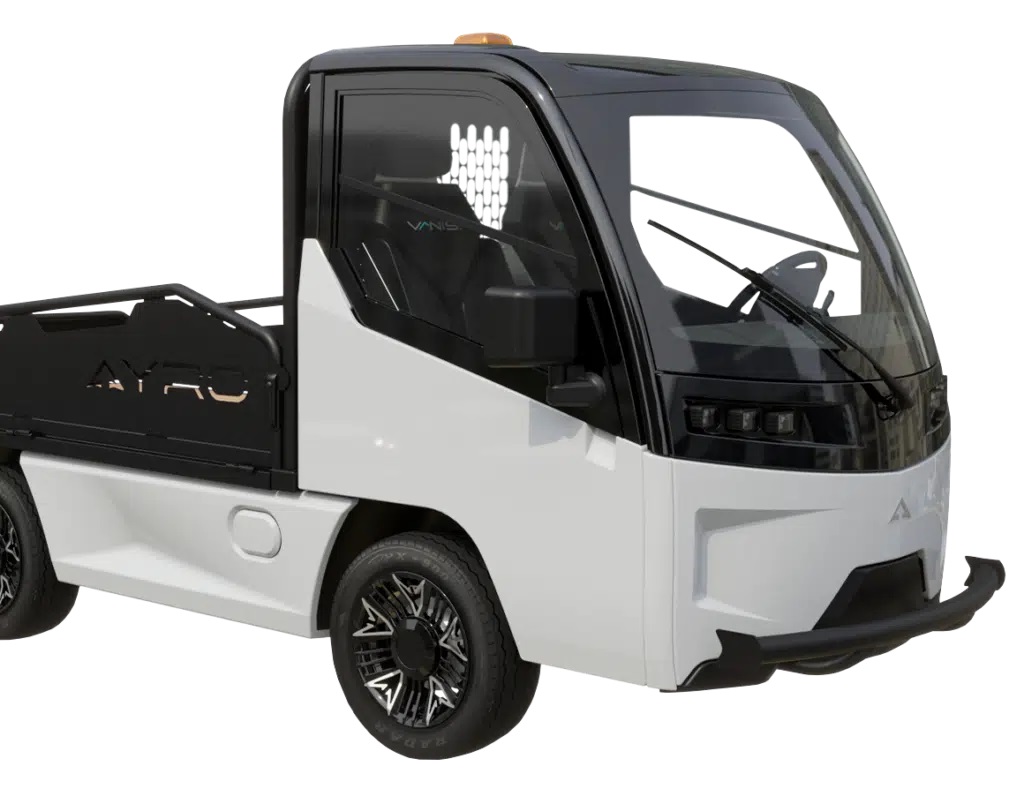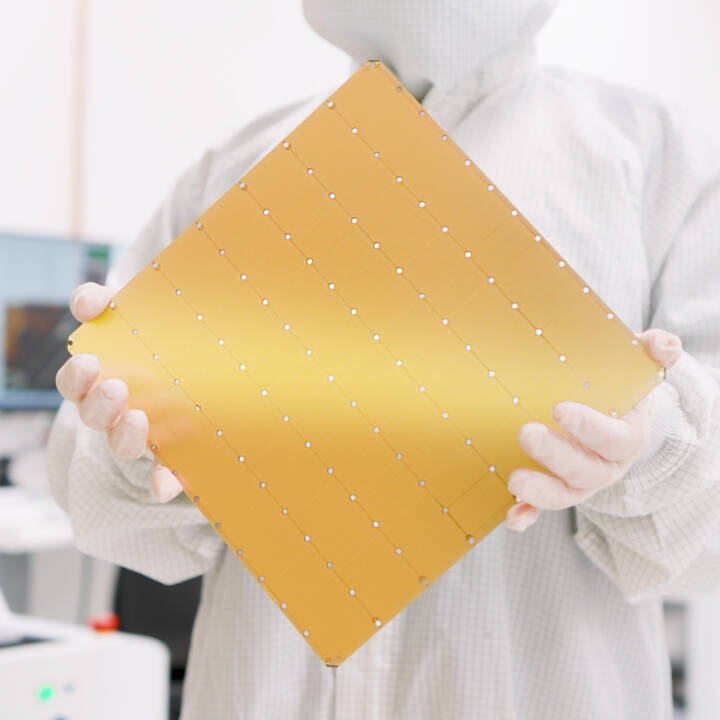How far does your home Wi-Fi extend? In rural areas, you can pick up a signal up to around 30 feet beyond your house. However, in densely populated urban apartments, the connection fades just a few rooms away. Remarkably, one company has succeeded in extending a Wi-Fi network to nearly 10 miles.
Morse Micro Sets New Wi-Fi Distance Record
Morse Micro has once again pushed the boundaries of Wi-Fi technology with HaLow. The company has achieved a remarkable feat by establishing a stable 2Mbps connection over a distance of 9.9 miles. This groundbreaking accomplishment sets a new world record for the longest-distance Wi-Fi transmission.
HaLow, a specialized Wi-Fi standard operating in the sub-1 GHz frequency band, has been gaining attention for its exceptional long-range capabilities. By utilizing lower frequencies, HaLow signals can penetrate obstacles more effectively and travel farther compared to traditional Wi-Fi bands.
HaLow: A Game-Changer for Rural Connectivity
Although HaLow is unlikely to replace current Wi-Fi or cellular networks in urban areas, it holds great promise for outdoor and remote applications. It provides a cost-effective alternative to expensive cellular data in vast, open spaces. As Morse Micro continues to advance HaLow technology, we may see faster speeds and broader use, especially in public Wi-Fi hotspots and rural connectivity initiatives.
With the ability to provide reliable internet access over such vast distances, HaLow could become a lifeline for communities currently underserved by traditional communication technologies.
As HaLow continues to evolve and mature, we can expect even more impressive demonstrations of its capabilities in the near future. This technology holds the potential to revolutionize wireless connectivity and bring the benefits of the internet to people across the globe.







